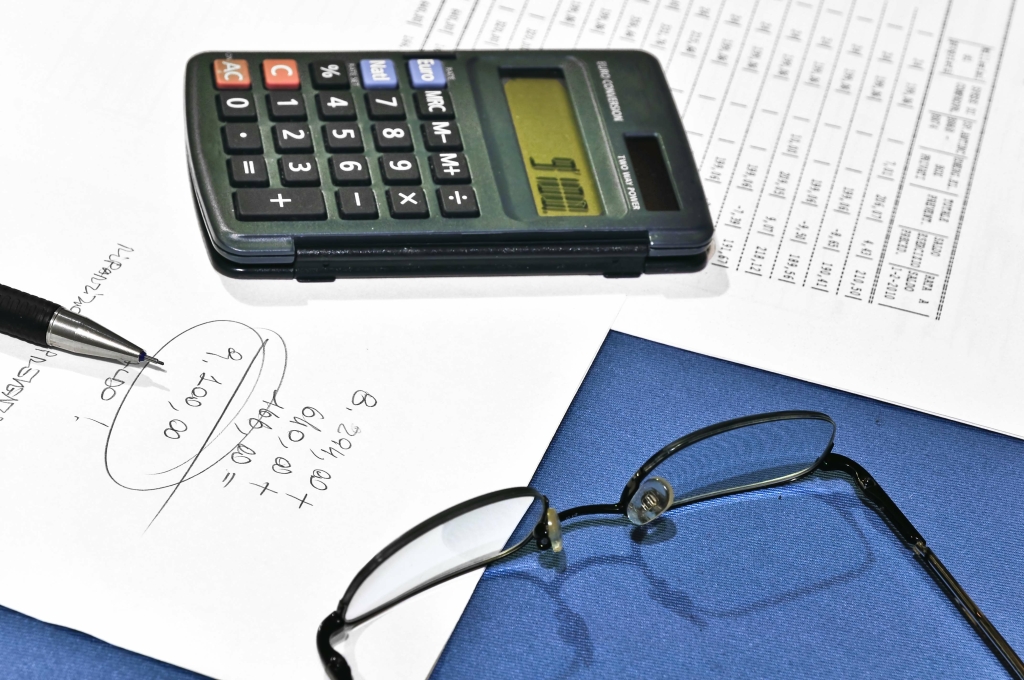
Essentially, if you placed the statements of financial position and performance on top of each other, you would come up with the chart of accounts. In the interest of not messing up your books, it’s best to wait until the end of the year to delete old accounts. Merging https://www.bookstime.com/articles/gas-station-accounting or renaming accounts can create headaches come tax season. The table below reflects how a COA typically orders these main account types. It also includes account type definitions along with examples of the types of transactions or subaccounts each may include.
- It’s crucial to maintain the same account numbering and naming conventions to ensure consistency and ease of use.
- Both account titles refer to the amounts borrowed by the company.
- GAAP guidelines help ensure the uniformity and comparability of financial reporting, making it critical for accounting and auditing professionals to abide by these established principles.
- It provides a way to categorize all of the financial transactions that a company conducted during a specific accounting period.
- The name of the account ‘Electricity Expense’ and its account code 640 are also shown in the heading.
- If the employee was part of the manufacturing process, the salary would end up being part of the cost of the products that were manufactured.
Expenses and Losses are Usually Debited
Here’s an example with the first 10 representing assets and the second 10 representing cash. But you need to understand this part of bookkeeping and accounting whether you use a manual system or an online one such as QuickBooks. A chart of accounts is helpful whether you are using FASB, GASB, or special purpose frameworks. Just remember that while you can add an account to the chart at any time throughout the financial year, you should not delete any accounts until the end of an accounting period. Similarly, the accounts listed within the chart of accounts will largely depend on the nature of the business. Since different types of entities use different types of accounts, there is no one single chart of accounts template that would be applicable to all businesses.
Product & service classification
- This is a non-operating or “other” item resulting from the sale of an asset (other than inventory) for more than the amount shown in the company’s accounting records.
- You can use a checking account to pay bills, make purchases and otherwise manage your daily financial transactions.
- This shows you exactly how much money you’re spending in utilities.
- Non-current assets are long-term resources, such as property, plant, and equipment.
- A balance sheet is like a financial selfie, capturing a company’s financial status at a specific moment.
- The list of all accounts for the business is called, simply enough, the chart of accounts.
It serves as the backbone of an accounting system, providing a framework for organizing financial data in a logical manner. The COA is tailored to an organization’s needs and can vary widely in complexity. Typically, when listing accounts in the chart of accounts, you should use a numbering system for easy identification.
Financial Health Check
For example, companies in the United States must have certain accounts in place to comply with the tax reporting requirements of the IRS (Internal Revenue Service). One of the IRS stipulations is that expenses like travel and entertainment should be tracked in individual accounts. While in most jurisdictions and industries it is entirely up to each entity to design the chart of accounts according to its specific requirements, others provide general guidelines or are even regulated by law. Even for a small business, however, more digits allow the flexibility to add new accounts as the business grows in the future, while maintaining the logical order of the coding system.

The expenses can be tied back to specific products or revenue-generating activities of the business. When setting up a chart of accounts, typically, the accounts that are listed will depend on the nature of the business. For example, a taxi business will include certain accounts that are specific to the taxi business, in addition to the general accounts that are common to all businesses. The chart of accounts provides the name of each account listed, a brief description, and identification codes that are specific to each account.
- This accounts list is identical to the accounts presented on the balance sheet.
- PenFed doesn’t charge out-of-network ATM fees either, although the ATM operator may charge a fee.
- Each account in the chart of accounts is usually assigned a unique code by which it can be easily identified.
- Next, I’ll show you how the chart of accounts is a part of the financial statement building process.
- Now that the post closing trial balance is prepared and checked for errors, Paul can start recording any necessary reversing entries before the start of the next accounting period.
The COA is usually hierarchical, with accounts organized in categories and subcategories. These categories include assets, liabilities, equity, revenue, and expenses. list of accounts and their balances Each account within the COA is typically assigned a unique identifier, usually a numerical code (see examples below), to facilitate data entry and reporting.


